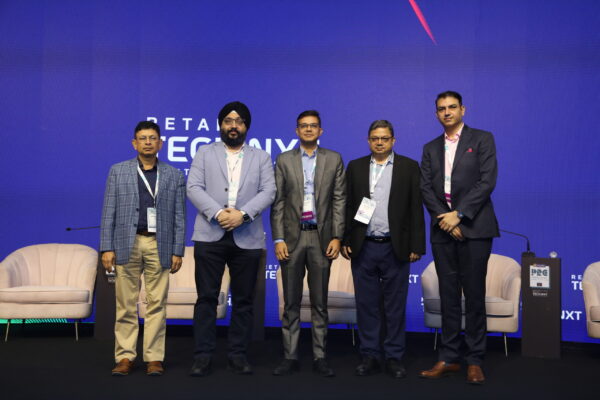Getting Data Analytics Right – India Retailing

Industry experts on how to make the most of data analytics to be able to make decisions that add value to the business
New Delhi: The analysis of data for making the right decisions is a foundational element for any business, representatives of different brands and experts said. And it starts from back-end operations and inventory to understanding customers to provide them with the right experience at the right time.
“Our view is that data can be the perfect anchor in the storm. It can help businesses understand where they are heading and what they need to do around decision making rather than just relying on the gut,” said Aditya Priyadarshan, managing director (MD) & lead – retail, Accenture India.
The relevance of data also becomes important with time as consumers today have become more demanding.
The right use of data
The right analysis of data helps in accurately recommending offerings that are relevant to the customers.
“Data analytics is helping us in targeting the relevant stuff for the customer so I can give them personalised offering,” said Sandeep Jabbal, chief digital transformation & information officer, Shoppers Stop speaking about how the department store chain uses data. “I should not be offering something that a customer doesn’t like to buy or has not purchased in the last 10 years. I could always offer complimentary products, but I should not be offering something that customer has never shown an inclination for,” he added.
In addition to personalised offerings, and customer campaigns, analytics also helps analyse demand and supply.
“We look at data analytics from two points of view, one is from the demand side, second is from the supply side,” said Rajneesh Sharma, head of IT, Campus Activewear.
“From the demand side, we typically measure the four Ps—product, place, promotion and price. And I always a fifth, which is people,” he added.
Analysing data related to the P’s gives companies unparalleled insights. For instance, the right analysis of data gives a clear picture of the products that sell more. This helps brands to change their assortments basis the demand, leading to reduced inventory pileup.
Analysing data from online channels helps companies predict buying patterns in a particular geographic region. They can analyse competition, promotions, pricing strategy, and consumer behaviour. This analysis helps brands in their offline expansions as well.
“We have seen the online sales give us visibility of the various territories where we can open offline stores,” said Sharma of Campus Activewear, adding that online and offline channels today complement each other, and data analytics has played a big role in it.
If data is analysed the right way also depends on who is analysing it and often people who analyse data and those who deal with people are different. For effective analysis and actionable insights, both need to have a deep understanding of business.
“Majority of the problems come is because people who understand consumers are not data scientists,” said Rajiv Merchant, president domestic retail, Indo Count.
What organisations should do
Brand representatives feel that organisations should focus on capturing the maximum data from all the available resources. The more the data, the more accurate the analysis.
“One of the things that we embarked upon several years back was to create that common data platform where we capture data from areas like e-commerce, points of sale, enterprise resource planning (ERP), product lifecycle management (PLM) and so on so that we have all the data in one place and then we can leverage it for multiple use cases,” said Praveen Shrikhande, chief digital and information officer (CDIO), Aditya Birla Fashion and Retail Limited (ABFRL).
He feels that companies should work on data engineering rather than on the particular use case. Also, the quality of data matters.
“Data quality is the biggest area because if you get that right, then everything else can be hired—consulting, people, technologies. But if you don’t have the right data, then getting it right, is a humongous task,” he said.
It is therefore important to check the data quality. Setting new objectives without that often leads to failure.
Data-centricity is core to becoming a data-driven organization.
“We have been able to build that culture. We have data analysts in five different departments. There is a set of data enlisting dedicated to the departments. Data run has been given as an ownership to the business itself. And that is where we have seen the real value coming out of it,” shared Sharma of Campus Activewear.
Expertise, leadership and the right partner are all important in how the company deals with data and interprets it.
“If your organisation sees leaders leveraging data on a day-to-day basis, it will drive a different behaviour and outcome,” added Priyadarshan of Accenture.
Finally
Data analysis needs commitment as well as patience.
“Patience is the key—data analytics does not give wondering results every day. You have to be consistent, you have to be persistent and keep doing that journey. You will come across various data points to help the business get value out of it. But sticking to it is important,” said Sharma of Campus Activewear.
Aligning with the same, Merchant of Indo Count recommends drawing at least a three-year roadmap. “It’s a long-term process. Don’t try to get quick results. I think there are a lot of steps to be taken before you start getting insights for business use,” said Merchant.
Based on a panel discussion held at the Phygital Retail Convention (PRC) held in Mumbai.



